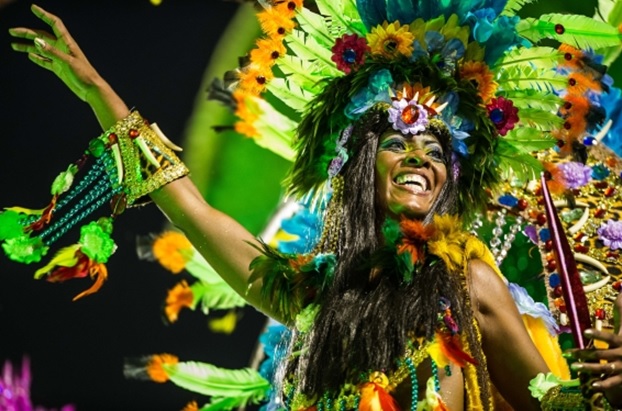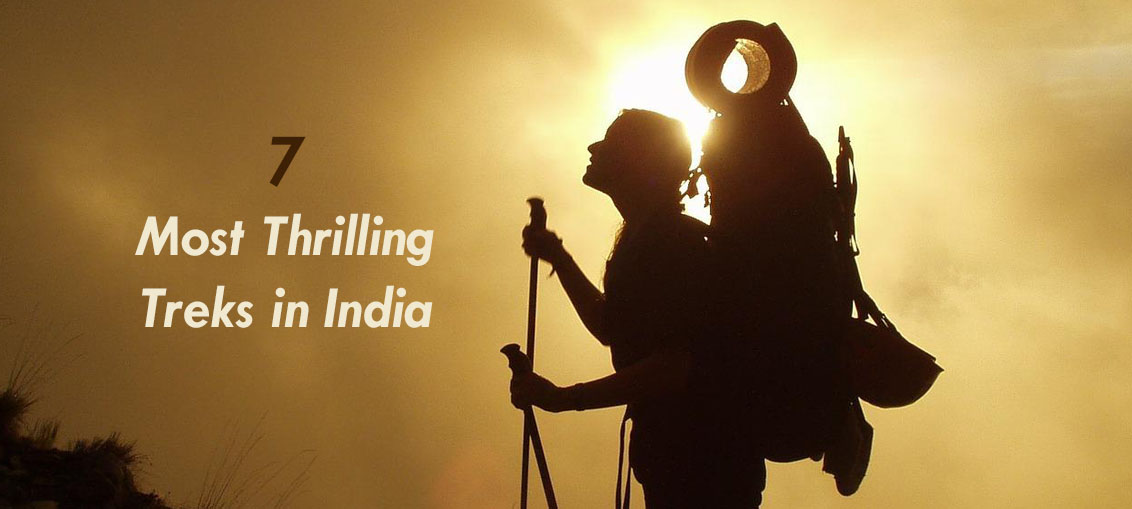Things to Do When Visiting Rio de Janeiro
There are few places in the world more vibrantly beautiful and richly welcoming than Rio de Janeiro, Brazil’s largest city. Rio is known as the cidademaravilhosa or “marvelous city”, and the city graciously offers visitors both a tropical wonderland bursting with color and music, as well as a modern urban landscape home to a population rich in cultural diversity and a thousand years of complex history.
Rio de Janeiro is situated in a region that had been inhabited by indigenous tribes for hundreds and even thousands of years before the Portuguese arrived in 1500. As a result, the culture of Rio de Janeiro steadfastly preserves its deep roots in native tradition in addition to the influences of its European colonization in the 1500’s. Religion has a strong foothold in Brazilian life and most religious folk in Rio are Roman Catholic. While a number of languages are spoken in Rio simply due to sheer multicultural influence, Portuguese is considered to be the common tongue.
There are two Brazilian pastimes that are simply impossible to miss:futebol (soccer), and dancing! Futebolis not considered merely a sport in Brazil; it is a cultural institution for whichthe people of Brazil possess a great fervor. Pelé, one of the most well-known soccer players in the world, and the Brazilian futebol team has won the World Cup a record total of five times. Additionally, most social gatherings and a vast majority of the popular nightlife in Rio de Janeiro will most likely involve dancing, surely including (but not limited to) theForró, the Lambada, and the ever-popular Samba.
If you’re going on a trip to Rio de Janeiro, be prepared for total cultural immersion into festive local customs, stunning natural beauty, and a unique hybrid of native tradition and European heritage. There are so many things to see that you couldn’t see them all in a lifetime, but we’ve made it a little easier. Here are five must-see attractions in Rio you don’t want to miss!
1. Corcovado and Cristo Redentor
Corcovado, a mountain within the center of Rio de Janeiro, is home to one of Brazil’s most famous and recognizable landmarks. The 38-meter (125-foot) tall statue of Cristo Redentor, or “Christ the Redeemer” stands atop Corcovado looking down at the city of Rio. Visitors can reach the top of Corcovado and view Cristo Redentor up close by taking a narrow-gauge train that departs the station every 30 minutes and takes approximately 20 minutes to ascend or descend the mountain.

- Tijuca National Park
Corcovado and Cristo Redentor are part of Tijuca National Park, a protected forest within Rio de Janeiro limits, but that’s certainly not all there is to see in this beautiful national treasure! The Tijuca forest was hand-planted in the early 1900’s to reclaim land that had been harshly cleared for sugar and coffee farming, and was declared a national park in 1961. Admission to this park is free, and lovers of the outdoors will enjoy vigorous hiking routes, sculptures and gardens, colorful native flora and fauna, and breathtaking panoramic views from partway up Corcovado.
- The Lapa Neighborhood in Centro
If you’re looking for a lively party scene and an interesting mosaic of the varied heritage Rio has to offer, you’ll want to visit the Lapa neighborhood in the area of downtown Rio referred to as “Centro”. In Lapa, a diverse array of urban cultures exist side by side, making the area a rich melting pot of nightlife, cuisine, mingling, music, and dance.
- Copacabana and Ipanema Beach
In Rio de Janeiro, beach culture is not so much a favorite activity as it is a defining experience of local life, and no trip to Rio is complete without spending some time on one of the city’s beautiful beaches. Two of Rio de Janeiro’s most famous beaches, Copacabana and Ipanema, are closely connected but distinctly separated by the rocky outcrops of Arpoador. Copacabana is the more visibly popular of the two, bordered by less affluent areas and attracting a more diverse cross-section of the general public. Upscale Ipanema is adjacent to wealthy neighborhoods and, while this stretch will still be considerably crowded, there may be some more relaxing and quiet areas.

- Carnaval
Last but certainly not least, Rio de Janeiro is famous for their observance of one of the most fabulous and frenzied celebrations known to the world: Carnaval. The largest street carnival in the world, Carnaval is famous for endless parades, vibrantly festooned floats of samba dancers, and an estimated two million revelers on the streets each day. Carnaval is held during the month before Catholic Lent, so if you find yourself in Rio de Janeiro in the months of February or March, prepare to be swept up in a colorful whirlwind of dance, food, and festivities!
Author Bio
Shelly is currently writing for securethoughts.com and has a great guide on watching Netflix while overseas of you are travelling, also another great benefit of travelling is catching up on all those TV shows.
![]()



